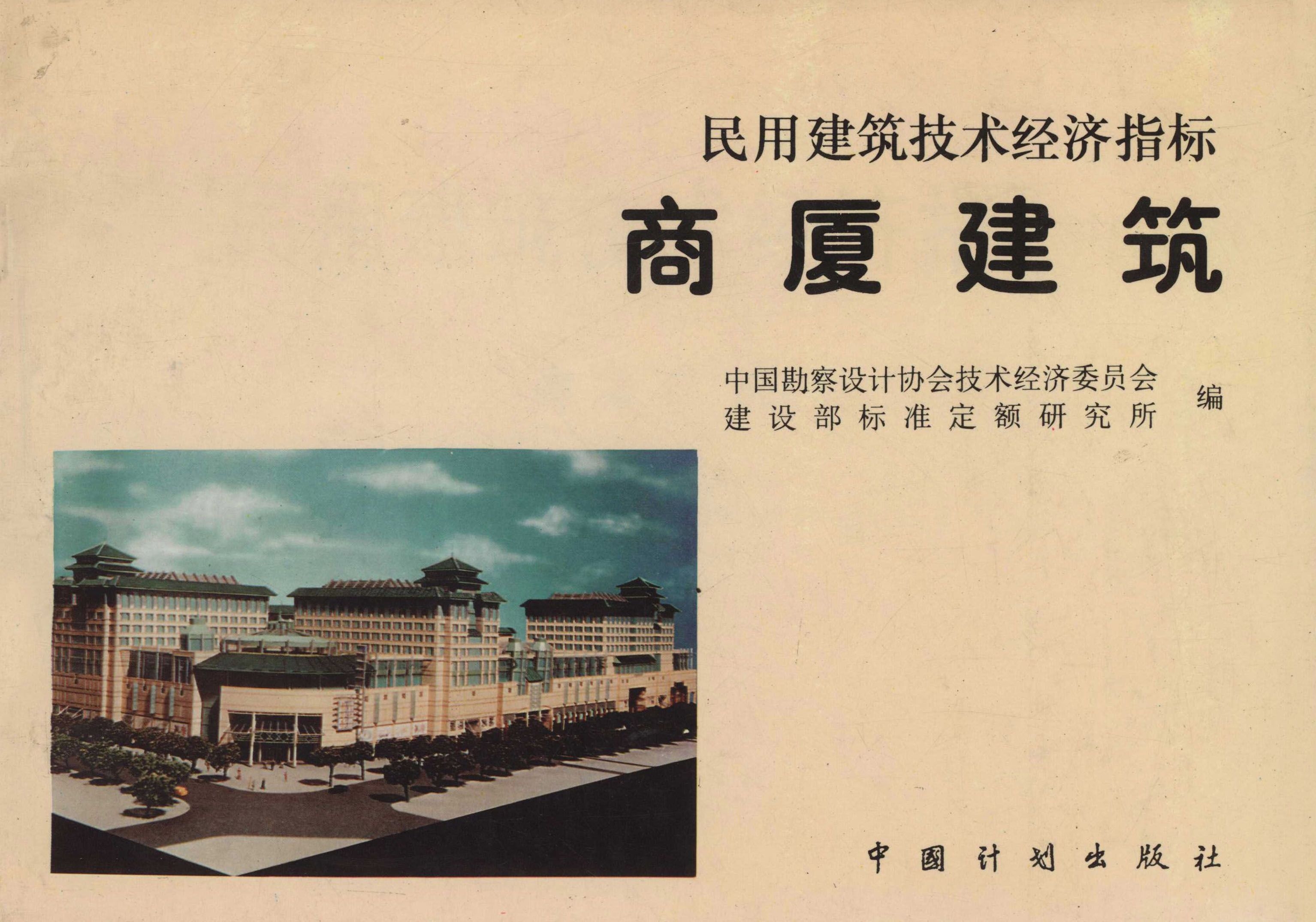扫码关注
-
【主编部门】
中华人民共和国住房和城乡建设部
-
【批准部门】
中华人民共和国住房和城乡建设部
-
【发布单位】
中华人民共和国住房和城乡建设部;国家市场监督管理部总局
-
【主编单位】
中国建筑东北设计研究院有限公司
-
【参编单位】
中国建筑标准设计研究院有限公司;北京市建筑设计研究院有限公司;中国建筑设计研究院有限公司;华东建筑设计研究院有限公司;上海建筑设计研究院有限公司;天津市建筑设计院;中国建筑西南设计研究院有限公司;中国建筑西北设计研究院有限公司;中南建筑设计院股份有限公司;悉地(北京)国际建筑设计顾问有限公司;哈尔滨工业大学;广东省建筑设计研究院;福建省建筑设计研究院有限公司;中国核电工程有限公司;北京市避雷装置安全检测中心;上海市防雷中心;施耐德电气(中国)投资有限公司;ABB(中国)有限公司;上海高桥电缆集团有限公司;通用(天津)铝合金产品有限公司;沈阳斯沃电气有限公司;沈阳宏宇光电子科技有限公司;山东华凌电缆有限公司
-
【主要起草人】
王金元;孙兰;成彦;郭晓岩;李朝栋;于信涛;田英策;陈琪;孙成群;汪猛;邵民杰;陈众励;瞿二澜;杜毅威;杨德才;王东林;李炳华;熊江;陈汉民;陈建飚;曾敬梅;王可崇;王小安;张文才;李立晓;宋平健;黄晓红;曹玮;黄翔;叶本开;孙鲁雄;刘宏瑞;牟宏伟;朱爱荣;潘茂龙
-
【主要审查人】
丁杰;王勇;傅慈英;丁红军;李英武沈育祥;周名嘉;海清;钟景华;张宜;施巨岭;朱立彤;焦建欣;李丹江;耿望阳;张钊
 知识服务平台
知识服务平台
 纸书购买
纸书购买







 京公网安备 11010202009407号
京公网安备 11010202009407号





